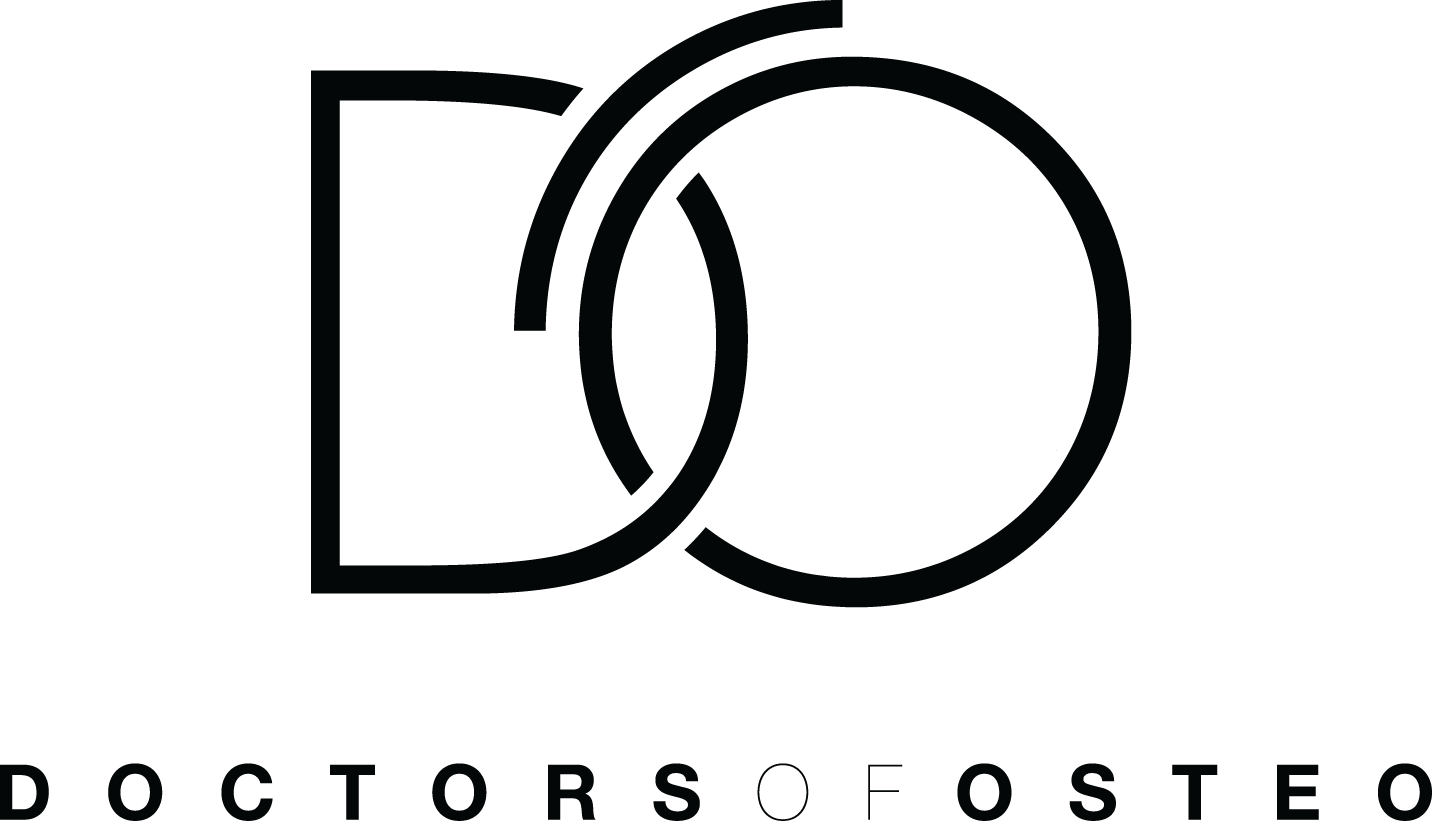BPPV & Vertigo
What is Vertigo & BPPV?
Vertigo is a common condition felt by approximately 40% of the population at least once in their lifetime. Sufferers of vertigo describe the sensation as “dizzy spells” and like “the room is spinning” on certain neck movements and changing positions. This dizziness can make sufferers feel nauseated, vomit and like their eyes are flickering. Vertigo is an umbrella term with the most common type of vertigo being Benign Paroxysmal Positional Vertigo (BPPV), which accounts for 20% of dizziness episodes. Is it important to have a medical practitioner assess the cause of vertigo as it can also be due to other conditions and diseases.
How do you develop BPPV & Vertigo?
The most common type of vertigo is BPPV, which is actually an ear condition. Symptoms can last from seconds up to days. Crystals that sit in your inner ear called canaliths, are responsible for the sensation of movement and motion. BPPV is caused by the crystals dislodging from their usual position in the inner ear and circling around the ear canal. This increased movement of the crystals gives the brain a false sense of motion on certain head movements.
Home Exercises for Vertigo & BPPV - Brandt-Daroff Exercises
Brandt-Daroff exercises can stop the dizzy spells experienced by BPPV sufferers, with some evidence suggesting the exercises help relocated the loose crystals that cause the dizziness as well as reduce the intensity with repeat exposures.
The Brandt-Daroff exercises are likely to provoke dizzy spells, so should always be performed in a safe environment with a friend, family or practitioner present.
How to do: Brandt-Daroff Exercises
1. Start sitting upright on the edge of the bed.
2. Turn your head 45 degrees to the left or as far as comfortable
3. Lie down on your right side.
4. Remain in this position for 30seconds or until the dizziness subsides
5. Sit up and turn your head back to the centre
6. Turn your head 45 degrees to the right, or as far as comfortable
7. Lie down on your left side
8. Remain in this position for 30 seconds or until the dizziness subsides
9. Sit up and turn the head back to the centre
REPEAT: Three times daily for 2x weeks
Morning: 5x reps
Afternoon: 5x reps
Evening: 5 reps
Do I need surgery for Vertigo & BPPV?
It is uncommon that patients who suffer from BPPV, fail to recover after treatment and require surgery. That being said, there is surgery to prevent a portion of your ear canal from responding to crystal movements. What is known as a ‘bone plug’, is inserted into the canal stopping the detection of crystal movement in the ear.
Can Osteopaths help with treatment for BPPV & Vertigo?
Osteopaths do commonly see patients presenting with vertigo and BPPV. There are a series of techniques that osteopaths can perform such as the ‘Epley Manoeuvre’ to help the crystals return to their usual position in the ear. This manoeuvre can be highly effective and requires minimal downtime. You can see how your osteopath can assist you with your BPPV using the Epley Manoeuvre in the video below by positioning your head in the correct way and checking your eyes to know when to move your head to the next position.
We commonly also find that muscles around the neck and head are also affected, due to patients becoming ridged to avoid the crystal movements and associated dizziness. Your osteopath may not only help clear up the vertigo but also treat the associated muscle and joint side effects.
Providing healthcare with our osteopaths near me in Hawthorn, Hawthorn East, Kew, Balwyn, Canterbury, Camberwell, Camberwell East, Richmond, Malvern and Glen Iris.




